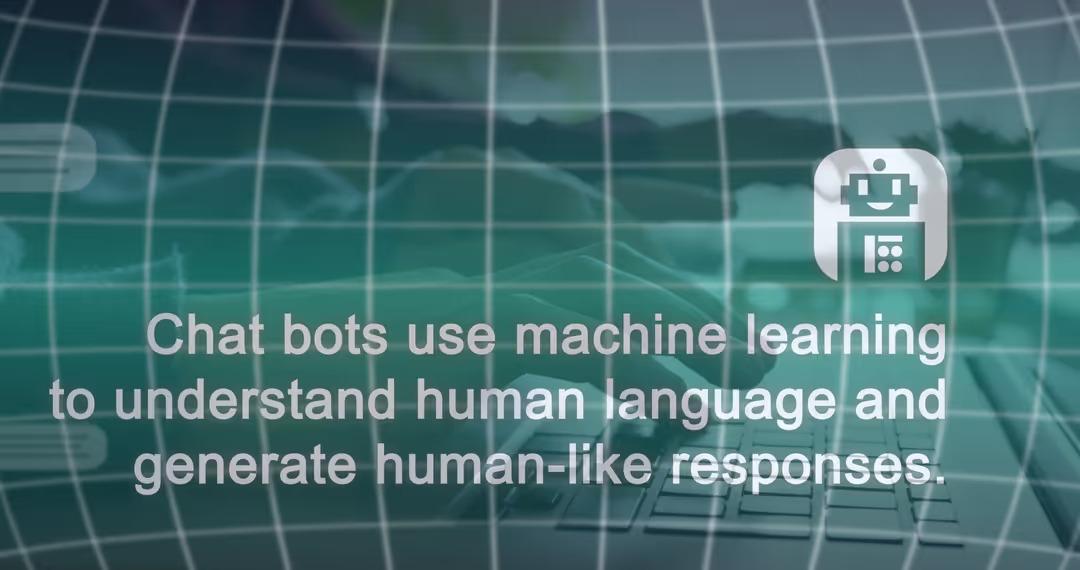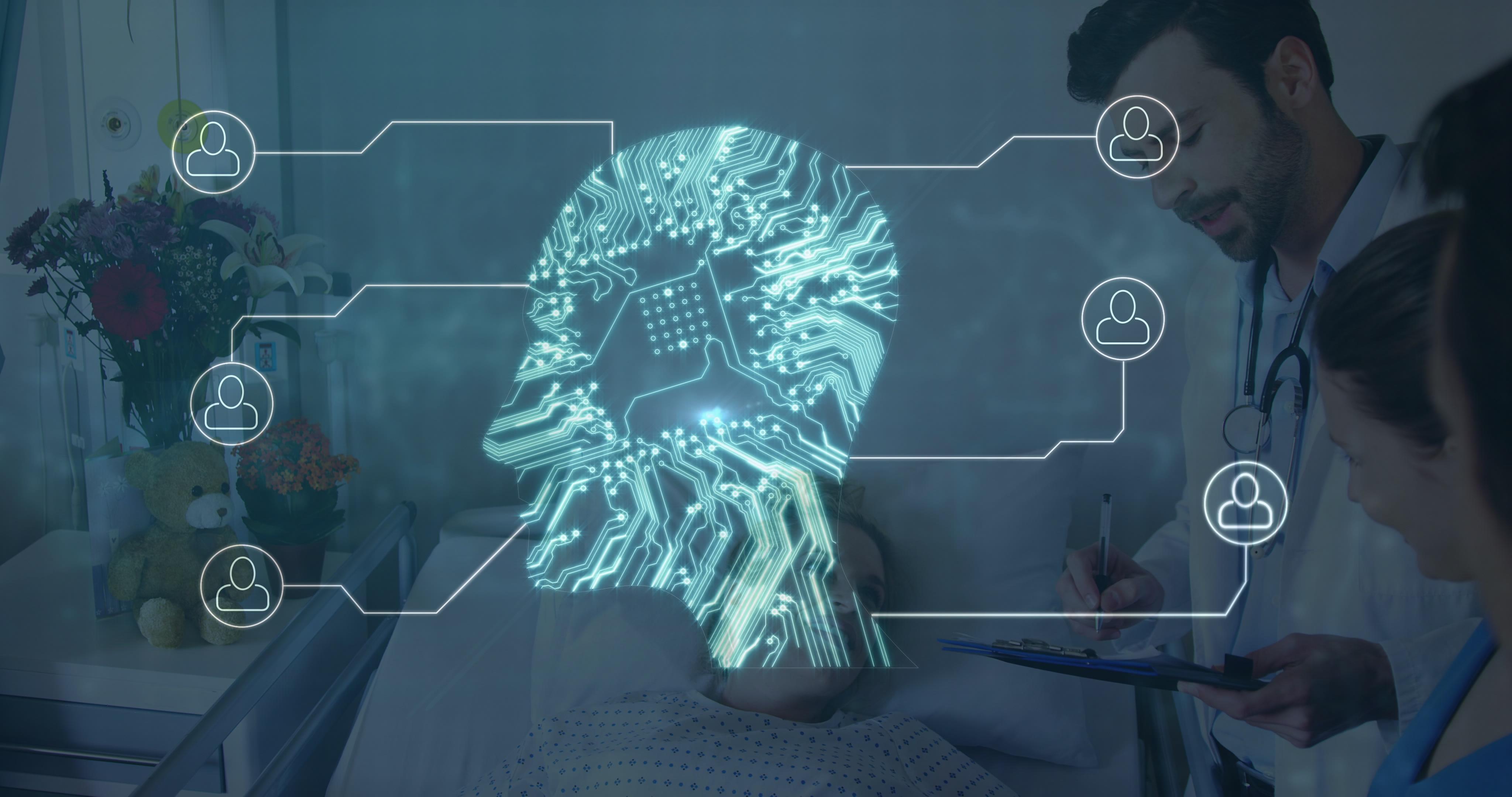GPT-4 is the fourth-generation Generative Pre-trained Transformer (GPT). GPT is a machine learning model, essentially a neural network. The program is trained using data to generate any type of language.
The language model GPT-3.5 has continued to make huge waves globally. Upon release, a shocking number of use cases were discovered, inspiring both excitement and fear. It can pass intensive legal exams, write detailed long-form articles, and has even been used to code websites. ChatGPT, the chat-based interface of the network, has been able to do all this and more with the help of human instructions provided by any user in the world.
Open AI, the company behind GPT in all its generations and tools, has risen to be the biggest name in tech. Their products have roused fears of rising unemployment and the future of education, among other things. ChatGPT has been banned in many schools for its ability to create top-quality essays and essentially solve all schoolwork problems. It has also been adopted by companies of all sizes, from new startups to tech giants like Microsoft.
The updates have picked up quickly since the release of ChatGPT. GPT-4 is likely to be the next major step.
ChatGPT Pro, the paid service for ChatGPT, is now offering access to GPT-4 in addition to priority access and load times.
All this excitement begs several questions that we know you are wondering about:
- What exactly is GPT?
- How have GPT-3.5 and ChatGPT been so revolutionary?
- What is GPT-4 and what does its release mean for the world?
We will go over the early history of Open AI’s GPT briefly. Then we will delve into GPT-4 and how it differs from earlier versions, including all the exciting new things you can expect from it.
What exactly is GPT?

Generative Pre-trained Transformer (GPT) is a cutting-edge language processing Artificial Intelligence (AI) model developed by Open AI.
GPT is capable of generating text in a more “human” way. AI writing has been around for a while now. But GPT is able to think and process and leave you with text that is more human and based on a massive body of language. This makes it capable of new tasks:
- Communication
- Language translation
- Generating human-like text for conversational reasons
- Chatbot tasks
Unlike AI text generators, GPT models have proven capable of generating language that is “natural”. The text ChatGPT produces is similar to human-written text in terms of both style and content. But it is also capable of analysis, including the generation of code.
Early GPT
First, let’s go over a quick rundown of the GPT project.
The first natural language processing (NLP) models by Open AI could perform tasks like answering questions or summarizing information without supervised training. Natural language understanding, including the above tasks, was made possible early on. Most other NLP models before GPT-1 were trained specifically for a particular task. For example, one would be for sentiment classification, another for textual entailment, and so on. GPT-1 was successful at generalizing for tasks apart from a single one that it was designed for.
GPT-1
GPT-1 was ground-breaking in the NLP field due to it overcoming the key restrictions of previous models. First, it was able to generalize for tasks beyond what an NLP was trained for. It also overcame the need for vast amounts of annotated data that is difficult to come by to perform a task.
Back in 2018, GPT-1 hit an NLP milestone by demonstrating how pre-training and a massive neural network based on text data could vastly improve language generation tasks. However, its ability to complete these tasks was very limited (relative to the recent versions that everyone is using).
The GPT-1 paper described the semi-supervised learning for all NLP tasks. It worked on unsupervised language modeling as a pre-training tool. Then, supervised training fine-tuned the results. The dataset that GPT-1 was trained on was BooksCorpus, which provided around 7,000 books for training.
GPT-1 was a proof-of-concept project; it was not released publicly. However, it proved successful, and GPT-1 could naturally process and understand language.
GPT-2
Just one year after the launch of GPT-1, the GPT-2 paper was released. This second paper was titled “Language Models are Unsupervised Multitask Learners”. This time, the product was released for use in the machine learning space. Professionals applied it toward all the various text generation tasks we’ve gone over.
Remember, NLP is a very recent phenomenon, and each iteration has been a vast improvement from the last. In 2019, GPT-2 could generate a few sentences and then would break down. At that point, this was a successful and revolutionary outcome.
Where GPT-2 stood apart from GPT-1 was in two key areas: task conditioning and zero shot learning & zero shot task transfer.
Simply put, task conditioning is when the model is made to produce different outputs from the exact same inputs, for several different tasks. The outputs in these cases are unique sequences of natural language.
Zero shot learning is an aspect of zero shot task transfer. No examples are provided to the model, which understands the task based on provided instructions alone. At this point, GPT-1 would rearrange sequences and fine-tune them. GPT-2 was instead expected to understand the nature of the task through language alone and provide answers.
The dataset for GPT-2 was also vastly expanded. The WebText dataset used included about 40GB of text data from over 8 million sources. Compared to Book Corpus, this was a massive expansion.
GPT-3
The paper for GPT-3 was titled “Language Models are Few Shot Learners”. The idea was that language models could need no fine-tuning and very little instruction to both understand NLP tasks and perform them. Open AI built the model with 175 billion parameters, a vast (over 100x) expansion over previous models. The dataset was further expanded to five different corpora.
These improvements enabled GPT-3 to write full articles that were not easily distinguishable from human-written articles. But it could also perform random tasks for which it was not specifically trained. For example, it had the ability to solve mathematical and coding problems or to perform linguistic tasks. For the former, it proved particularly promising. GPT-3 could provide natural language descriptions of coding tasks.
GPT-3.5 and ChatGPT
ChatGPT is based on GPT-3.5, an update of GPT-3. The 3.5 model was based on an extended dataset, further expanding its potential. This was applied to the conversation-based, open-source ChatGPT. This time, people from all around the world could experience AI’s ability to generate pages of human-like text.
ChatGPT, the Open AI product everyone has been using, has been banned from schools for its abilities. But many professionals and businesses have been able to integrate it into their standard operating procedures. It is now the fastest-growing web application. After just two months, it reached over 100 million users. With some direction and fact-checking, it can create text and analysis that meets the highest professional standards. Marketers, coders, and various analysts have been some of its biggest fans.
In addition to professional purposes, academic and recreational applications are widely seen. The model (GPT-3.5) is capable of helping professionals hone their crafts and maximize their potential efficiency. But it can also be used for something as simple as an interesting conversation. It can write original jokes, compose a song, break down complex topics, and more. But it can also play the role of a teacher or tutor. With some simple direction, ChatGPT can break down how to solve complex math problems with thorough but easily-understood written instructions. Some people have even reported using ChatGPT for relationship advice and other psychological needs.
What’s Next?
As ground-breaking as this all is, we’ve all seen nothing yet. GPT-4 is set to finish training on August 22nd, 2023.
GPT-4 is set to be a massive improvement over 3.5 on all fronts:
- Processing capabilities
- Datasets
- Understanding user intentions
- Factual accuracy
- Reasoning
- Adjusting behavior (according to user requests)
You can view GPT-4 as an overhaul that improves every aspect of what ChatGPT currently offers.
What is the difference between Chat GPT-3 and GPT-4?
GPT-3 was essentially a text input and output model. GPT-4 is multimodal, using images, giving image credits, and taking image inputs for complex instructions.
There is also the more straightforward question of available data. GPT-4 is monumental, and GPT-3 tiny, when you compare the two. The datasets are not comparable (well, refer to the image below for a visual comparison).

GPT-4 is also able to work with more textual input than GPT-3. That means it can read much longer documents and process them according to your directions. It can then put out much more as well, writing entire novels, or just short stories if you prefer.
Accuracy
Open AI research reveals vast improvements in the factual accuracy of GPT-4. So far, ChatGPT has proven highly useful in this regard. But it still makes mistakes and lacks data in many niche areas. But the area where the models have constantly improved is in the reduction of reasoning and factual errors. Open AI testing revealed that GPT-4 scores 40% higher than GPT-3.5 for reasoning errors.
Steering
“Steerability” is one of the key features of ChatGPT. Users who know how to ask questions can alter the AI’s behavior. This is important for it to be useful in different contexts:
- Producing content with a certain “tone”
- Writing an essay with a specific bias
You can directly tell ChatGPT to write as angry, happy, terse, cautious, obsessive, or anything else. Understanding these prompts and how the AI reacts largely determines how useful they can be for you.
GPT-4 improvements are largely focussed on this aspect of GPT models. At the same time, the new model will have stronger built-in protections against illegal or immoral requests. The end result is a greater ability to adjust to user prompts.
Insane things new Chat GPT-4 can do

Improved Visual Detection
GPT-4 can take visual inputs and produce visual outputs. But it can also use these abilities for many important tasks that are set to change entire professions and industries.
One example is inputting a wire frame, a hand-sketched, rough outline of what a website will look like and how it will work. GPT-4 can take this information and output the code to create that website based on the sketch.
GPT-4 can also take input in one form and present it in another based on user directions. It can take huge, text documents and output that information as an engaging PPT presentation. This time-saving task can take giant blocks of text and turn them into concise, beautiful presentations. Hours of formatting is out, simple inputs and outputs are in.
Coding
Learning to code requires a significant time investment, and not everyone can justify going through that process. The use cases for these abilities are impressive. People with no coding experience can build websites and even make applications.
With GPT-4, people have already made Google Chrome extensions without any previous experience. One funny example is this extension that “translates” web pages into “pirate speak”. Just tell it to do something, even in a silly way, and it finds a way. GPT-4 provides all you need for the creation process including writing, coding, and fixing any errors. All you need to do is give the instructions. GPT-4 is also better at understanding instructions, making these potentials even more surprising.
Marketers and others rely on extensions for their daily routines and responsibilities. There are many professional applications for GPT-4, in addition to the recreational uses. For many professionals, outsourcing tasks to GPT-4 can streamline workflows or even handle tasks they normally would not or could not do.
For creative entrepreneurs, new potentials are opening up. You can use GPT-4 to create new extensions and other tools that support your business or career. You can use it to build new functions on your website, improve your productivity, and much more.
Recreation
Why so serious?
The uses of GPT-4 go beyond money and productivity. You can use it for entertainment, too, whether for quick laughs or more comprehensive entertainment.
Once your work is done and you’re bored of it, why not create a new game for yourself? No coding ability? No problem.
You can recreate Pong in less than a minute. Or you can take some more time and create (or recreate) something else entirely.
Academics
This is one of the most controversial aspects of Open AI’s creation ever since ChatGPT opened up to the public. School boards have banned it. Professors have used it to automatically write papers. Students have used it to do all their homework. But for the most part, GPT-4 can also be benign in these regards.
Of course, you can’t write your exams with ChatGPT. But it can be a great study buddy!
In another improvement over previous models, GPT-4 can pass almost every single BAR exam. It can pass most exams including medical, SATs, and AP exams. If you need help studying, GPT-4 can be a great tutor.
How to get started with GPT 4?
For now, the only way to access GPT-4 is through a paid membership with ChatGPT Plus.
ChatGPT Plus is the premium version of ChatGPT. Buying a subscription grants you access to GPT-4 instead of just the standard GPT-3.5. The membership also includes priority access and faster processing. You gain the GPT-4 benefits we’ve gone over, including the image input capacity, in addition to an improved experience with ChatGPT.
As of March 2023, there is a waitlist to get GPT-4 as an API developer. This gives you access to GPT-4 and everything you need to build applications and service solutions.
If you’re interested, it’s a great time to get started with one of the greatest tech revolutions of the generation.
Going forward, GPT-5 is in the distant horizon and represents a possible successor. Learning how to interact with the early NLP models may give you an edge and enable you to make the most of future updates. The technology is already changing our world, so now is as good a time as any to get started.



